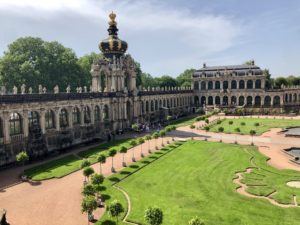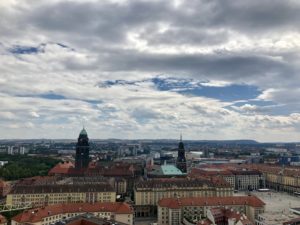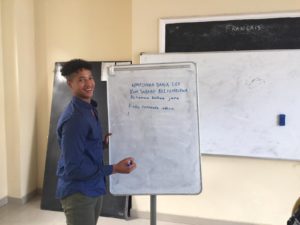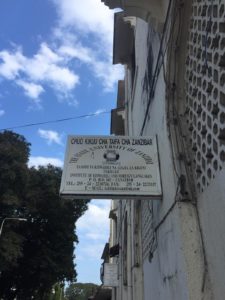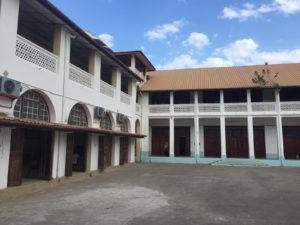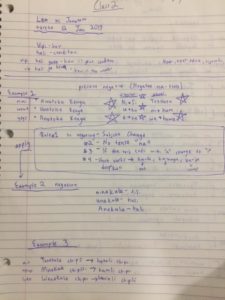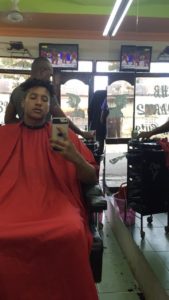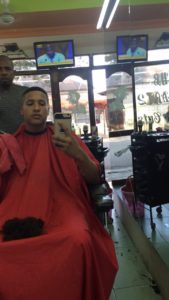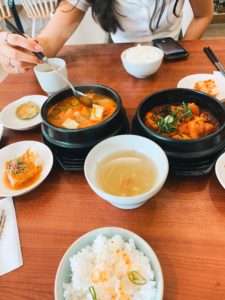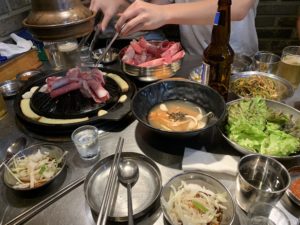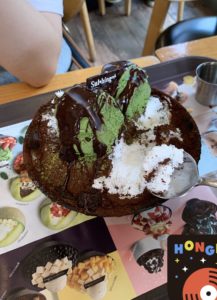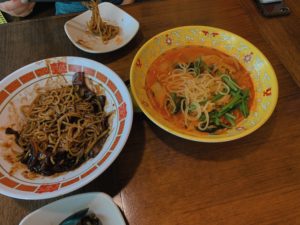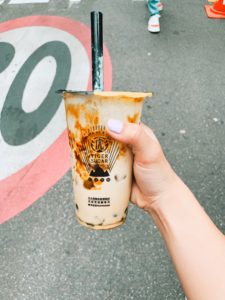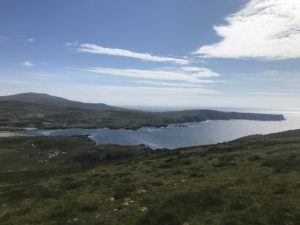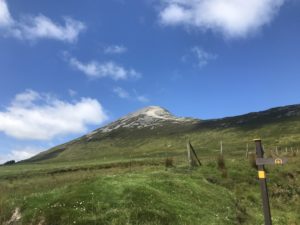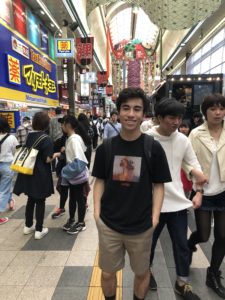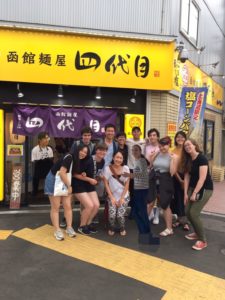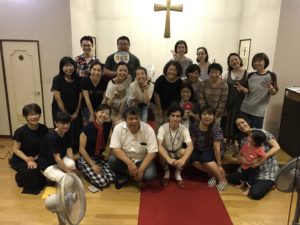I will soon be going onto my fifth and final (ㅠㅠ) week here at Yonsei University. Wow. Where has the time gone?
Apart from just eating my way through Seoul, a lot of my time has also been dedicated to learning the Korean language and the culture, naturally, through the language.
And BOY have I learned a lot.
Every day in class, I’m hearing, reading, and practicing new vocabulary (단어) and grammar (문법) that come up in my textbook or just from what my teachers or classmates say. Just like my English, my Korean lexicon has been expanding every new day. With each new verb, noun, adjective, I’m able to be more and more expressive through the Korean language as my daily lessons allow me to be more precise in my diction.
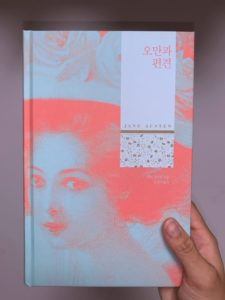
From the many Korean dramas and movies I’ve watched, there are plenty of phrases and words that I know simply from hearing, yet I really appreciate how my Korean language classes really show me the way they’re written, spoken, and used in many situations. Since coming and studying at Yonsei, I’ve recently realized my hope to be able to proficiently read Korean, even if my speaking and listening comprehension lag behind. This is because of my love for books combined with my desire to become more intimate with the Korean language and people by way of reading. Throughout my explorations of Seoul, I’ve also come across bookstores and sellers and have come across some of my own well-beloved reads translated into Korean.
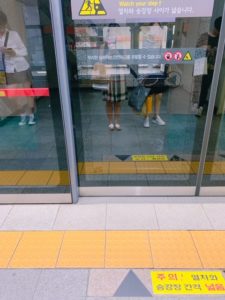
Also, in and outside the classroom I’ve been having to use Korean in my daily life. Unlike back in America- where I have Korean class and use it there but not in my daily life- here, Korean is not only how I do well in class and communicate with teachers but also how I order food, ride the public transport, and comfortably live my Korean University lifestyle. I took a particularly memorable taxi drive where I had a simple, yet enjoyable conversation with the taxi driver; I explained my coming to Korea and my enthusiasm for learning Korean. I really do love how Koreans are so appreciative of foreigners attempting to speak and further learn their language.
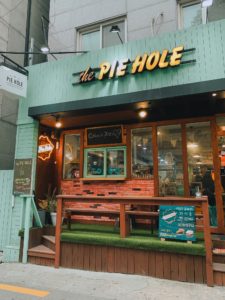
Coming upon the end of my first- and hopefully not last- time in Korea, I’ve just learned so much. Just like learning to get around the city of Chicago, getting around Korea, I feel, has pushed me to gain the savvy to live in a completely
different place on my own- to find things to amuse myself, find friends to share in on the memories, and- most of all- find the motivation to live meaningfully as I pursue my interests.




